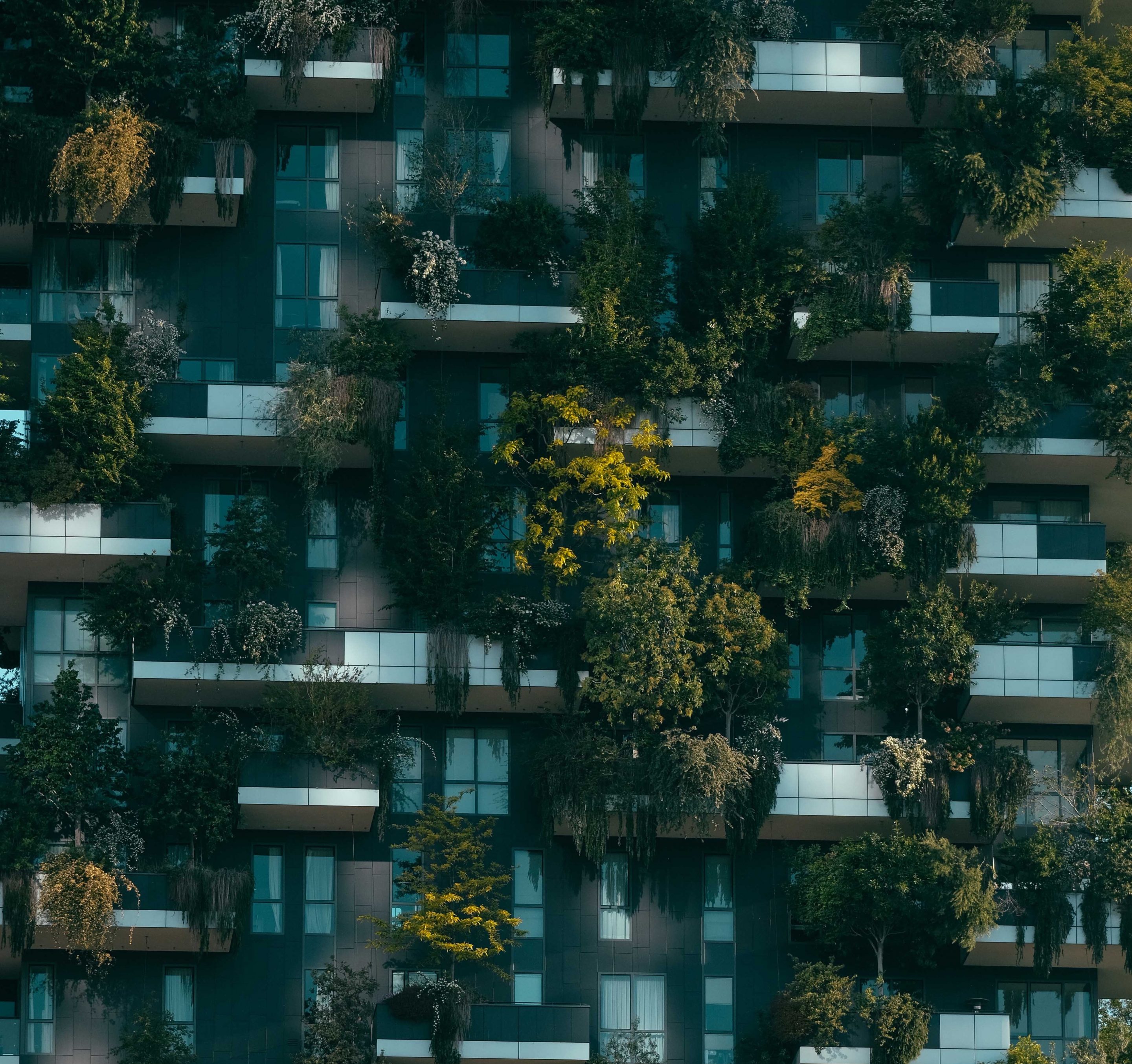Maatschappij
Laten we de wereld een mooiere plek maken.
Samen, met elkaar.
11 – Duurzame steden en communities
Cities are known for their straight static appearance in which stone, asphalt and concrete form composition. More and more green is being integrated, although the pace remains slow. A green environment can provide mental peace. There are several environmental psychology studies that confirm that looking at a piece of nature (for even a few minutes) helps lower stress levels.
Not only is the greenification of cities important, but also the flexibility and resilience of the housing market. According to recent figures, 60% of the world's population will live in urban areas by 2030. And already, governments must take into account the high number of seniors, for example, when developing current and new cities, so that these cities have the capacity to deal with these numbers and demographics.
Urban areas occupy 3% of the earth's surface, and yet are responsible for 75% of global CO2 emissions. In addition, the rapid growth of cities also suppresses availability for clean water, sanitation and home environments. In fact, the city's impact on its environment is going to be a net determinant to wether the SDG goals are met or not.
IBI² partners with BAM Group Nederland (the Netherlands) to drive the transition to sustainable construction. The variety of residual streams that BAM produces with various projects can be effectively used for renewable products. Modular biobased construction elements or materials that are used over and over again are the innovative way of building for the future. A future in which building for the growing world population is nature-friendly and people can live in harmony with nature and each other.
4 – Kwaliteitsonderwijs
Nelson Mandela once said : "Education is the most powerful weapon which you can use to change the world." And that the world needs to change, we all know that. Access to school and education should be available to every person on earth. We all need each other. The more souls, the more joy and creativity. Creativity to build a beautiful world for everybody, with each other. Although this paints a perfect picture of the future, the reality remains that some 120 million children have never been to school or have left school early. SDG 4 wants all young people and a large number of adults to be able to read, write and calculate by 2030. According to UNESCO, governments need to invest 22 billion a year in establishing and optimizing school systems to achieve the SDG 4 goal.
Project Circular Ports is transforming the port system in the southern Netherlands and Belgium. The transition to a society with vibrant systems requires rethinking. What seemed normal turns out to be possible very differently and much better. Nature, and health for humans and other life, is the compass. The path chosen by Circular Ports is providing many examples of rethinking and new opportunities. This knowledge is shared and widely distributed in the Brightland Campus, among others, Limburg's innovation center.

